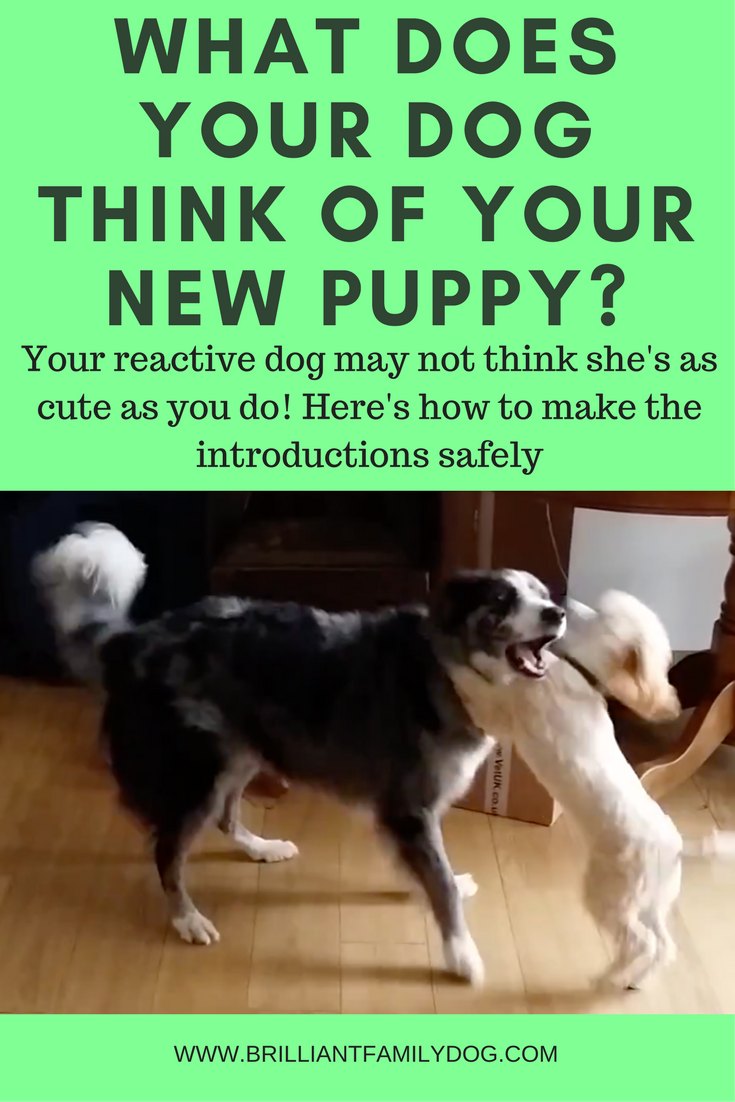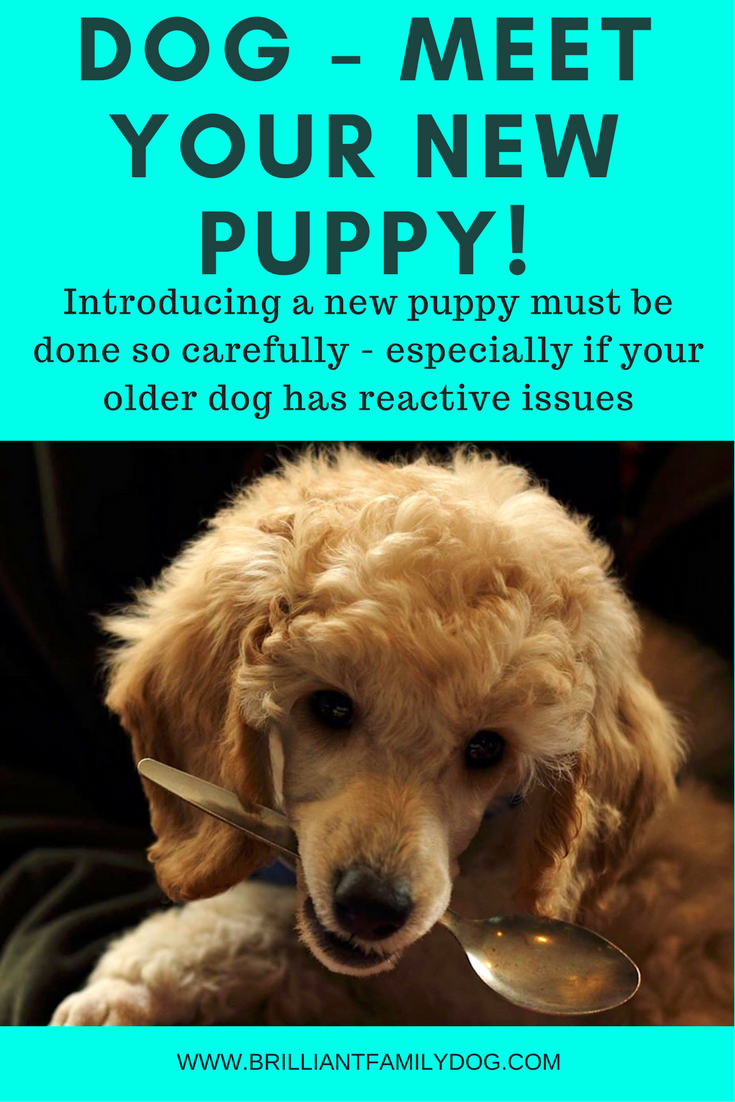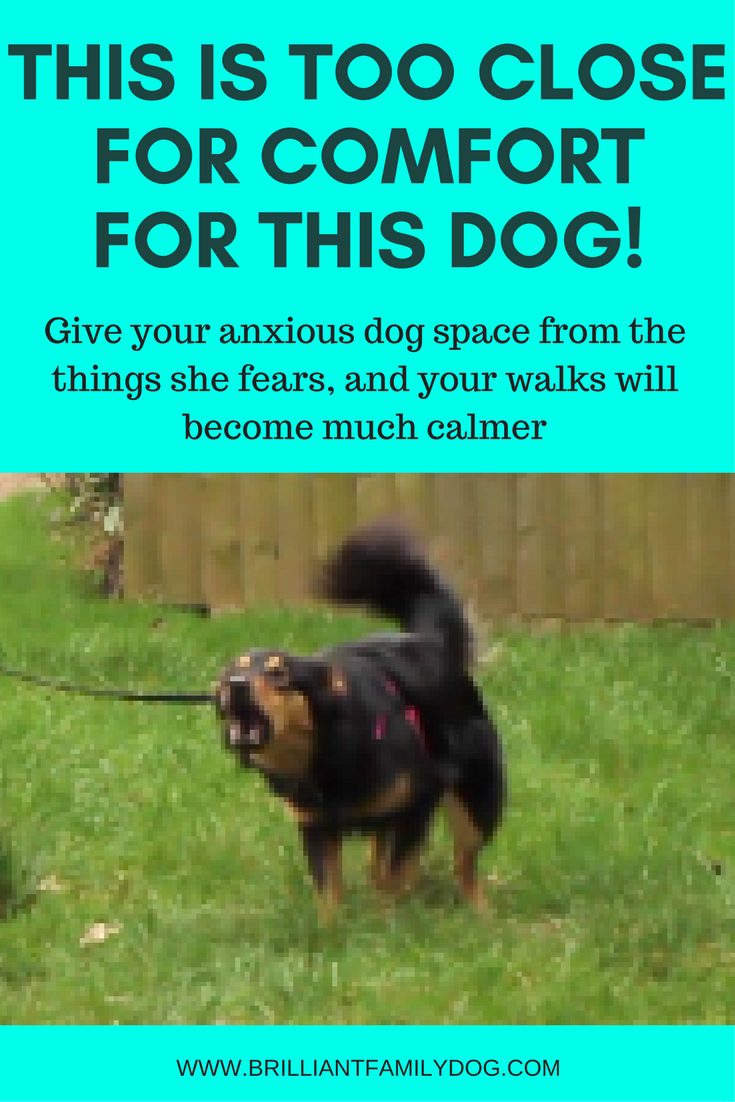I get so many emails along the lines of
• “How can I stop my dog doing xyz?”
• “Every time x happens, my dog does y”
• “My dog does xyz out of the blue.”
• “My dog always does xyz - I say NO, but he doesn’t seem to learn and does it again next time.”
Let’s take these one by one.
1. “How can I stop my dog doing xyz?”
Far, far, easier than stopping your dog, is to ensure he doesn’t start!
It may be that you’re new to living with a dog, and you can’t foresee what’s likely to happen. Once you have a few dogs “under your belt” you get much quicker at spotting hazards in advance. So, if your dog already has an established behaviour pattern that you don’t like (and if he was re-homed with you, he may have come with this habit already well-learnt), you want to look at what causes that action to happen.
Once you know the precursor, you have a chance to change the outcome
Perhaps your dog jumps up on visitors. What happens before he jumps?
1. Visitor arrives at house and knocks at door (huge excitement!)
2. Visitor is admitted (excitement unparalleled)
3. Maybe visitor tries to greet the dog, in self-defence (dog is massively rewarded for lunatic activity)
So you have three clear points there where you could make changes.
1. When visitor arrives, or - if expected - before visitor is due, settle your dog in his crate or another room with a chewtoy or stuffed foodtoy.
2. As the visitor is admitted to the house, your dog is either safe in his crate or other room, or is on lead beside you with your foot on the lead, and cannot jump.
3. If visitor wants to greet dog (preferably when you ask them to) dog has to stay sitting in order to earn this mighty reward.
So there you have three easy fixes to a nuisance behaviour with little effort - just a little advance planning.
2. “Every time x happens, my dog does y”
This is along similar lines as the first point, but this time my correspondent has picked up on the fact that something happens first, then the dog reacts. So we’re ahead already!
Sometimes the full question may read:
“Every time another dog walks towards us on the street, my dog lunges and barks.”
What’s happening here?
1. Strange dog (and probably strange person) are advancing towards your dog
2. Your dog is afraid of this incursion
3. Your dog is on lead and cannot exercise the “Flight” part of “Fight or Flight”, so he puts on an aggressive display to frighten away the intruder
4. Other dog and owner turn and go, or hurry past, or you turn and go (Result! The threat has gone! The barking and lunging worked!)
So we want to change this to:
Get lots more help for growly dogs in this free 4-part email course
THIS E-COURSE IS A BONUS FOR YOU WHEN YOU SIGN UP TO RECEIVE EDUCATIONAL EMAILS AND OCCASIONAL OFFERS FROM ME. YOU CAN UNSUBSCRIBE AT ANY TIME.
Privacy Policy
1. Strange dog/person advancing - turn and go the other way, or cross the road
2. Demonstrate to your dog that he needn’t be afraid, you will take care of him
3. Keep hands soft on the lead so he doesn’t feel trapped, and make distance
4. The other dog has gone without the need to be shouted at!
3. “My dog does xyz out of the blue.”
So you can see by now, that your dog never does stuff out of the blue. Unless your dog has dementia, there’s always a reason, just like there is for anything we do.
The trick is in identifying the reason so we can fix it at that stage, without waiting for the full bad thing to happen.
And one of the commonest times I hear this statement is in regard to dogs reacting - perhaps leaping up and snapping. There’s always a reason!
Perhaps the dog is resource guarding - a speck of food, his owner, a shred of tissue, a toy - and someone got too near. Perhaps he felt another dog was threatening him, too close. Perhaps someone leant over and scratched his bum without permission! (How would you feel if a stranger scratched your bum without so much as a “by your leave”?)
Dogs always run through a sequence of calming signals before biting. Granted, they may run through it pretty fast, especially if they do it a lot. But they do do it. Just as you’d be unlikely to spin round on that stranger and pull a knife: rather, you’d fix him with a frosty glare and maybe say something loud enough for others to hear.
Kendal Shepherd's Canine Ladder of Aggression
So the dog who bit “out of the blue” will probably have tried to turn away, gone still and stiff, shown the whites of his eyes, given a stare, wrinkled his lip, mumbled a growl, swished his tail stiffly, maybe snapped - all steps ascending the Canine Ladder of Aggression - before he felt forced to bite. Fighting is dangerous for all parties, and is not entered upon unless it’s the only choice.
By the way, dogs are so much faster than us, that if a dog is going to bite you, you are going to get bitten. There is no “He nearly bit me but I moved away in time.” If you are genuinely threatened by a dog, your best course of action is to avert your gaze and posture, keep your arms still, and stop being a threat.
Teaching children to “be a tree” when confronted by a dog they don’t know is an essential skill:
Plant your roots (keep your feet still)
Fold your branches (fold your arms across your body)
Watch your roots grow (look at your feet)
A child running away screaming and flapping arms and legs is a great target for a chasing dog!
4. “My dog always does xyz - I say NO, but he doesn’t seem to learn and does it again next time.”
Here we have a combination of acting too late to affect the outcome, and using punishment to try and fix the situation. Both are doomed to failure.
We’ve seen above that you have to identify the precursors to an action if you want any chance of changing it. If your dog “always” does whatever it is, this means it’s a firm habit which you are allowing to happen every time. Change something! Find out what the sequence is and interrupt it.
If you wait till he’s done it and punish, he’s already been rewarded and you are too late
And as for saying NO, this really is not going to help. Saying NO gives the dog no information about what you do want, and just tells him that you are angry with him and adversarial. You’re not on the same side as him any more, so he can’t expect any help from you. This is exactly what we don’t want in our relationship with our dog!
Instead, decide on what you want him to do instead, teach him how to do that, reward his response enthusiastically, and you now have a new go-to action for that situation.
Let’s revisit the first example above:
1. Your dog jumps up on a visitor (fun - visitor dances and flaps hands)
2. You shout NO (more fun! You’re joining in with him now!)
How about, instead:
1. You ask your dog to sit on lead as visitor arrives (you have taught and rewarded this endlessly)
2. Dog sits as you welcome your visitor
3. Dog is rewarded - either with a treat, or by being allowed to greet the visitor calmly
No firefighting!
A lot of these “beginner” mistakes can easily be avoided or changed with a little foresight. Don’t expect your dog to be a small hairy version of a civilised human brought up with our society’s values.
He’s a dog.
So think of how he sees the situation - get inside his head and think like a dog - then you can pick out the turning points where you can directly influence the outcome, with a happy dog!
You have to be proactive, not a firefighter. This is true of life in general, and never more true than in developing the magical bond with your dog.










